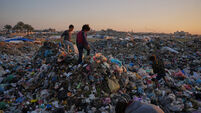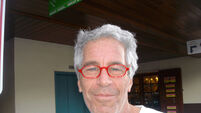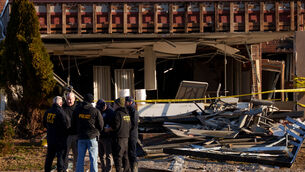Taliban ‘visited anthrax research lab’
An Afghan agriculture ministry laboratory where anthrax research was carried out was visited frequently by a Taliban official, scientists have said.
If Osama bin Laden’s al-Qaida network wanted to get its hands on the deadly substance, the laboratory outside Kabul, now badly damaged by US bombing, could have been a source.














